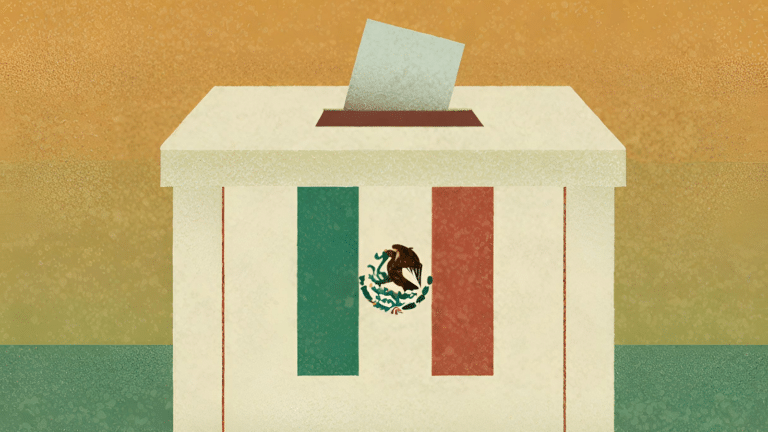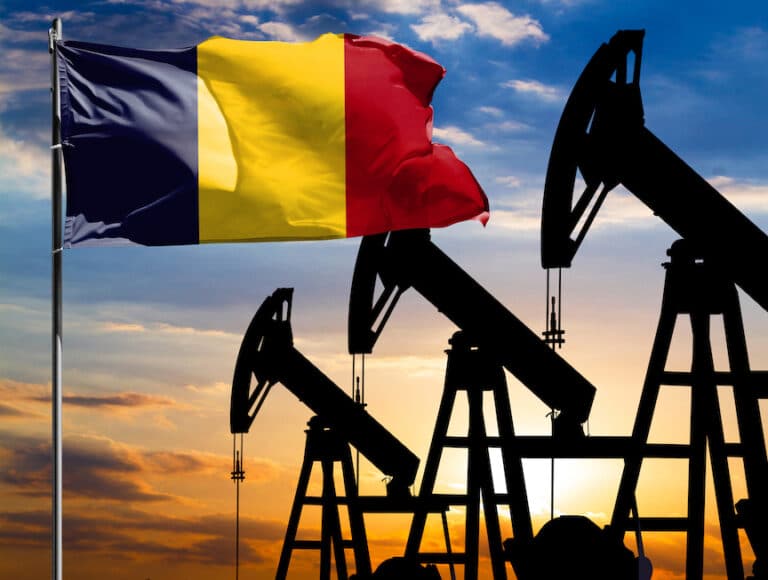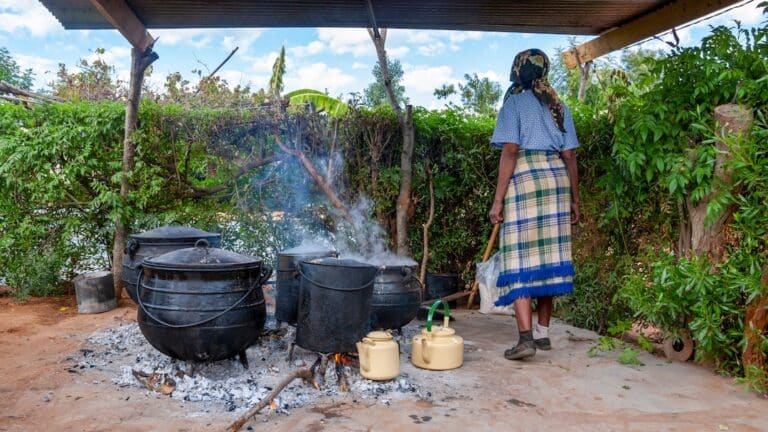DOWNLOAD [PDF]
In collaboration with the King Abdullah Petroleum Studies and Research Center (KAPSARC) and the Fondazione Eni Enrico Mattei (FEEM), the Center on Global Energy Policy organized a workshop to discuss the potential demand for natural gas in the Eastern African region based on the development of resources in Mozambique and Tanzania and, potentially, Kenya.
Key Points
Energy demand in the economies of Eastern Africa is among the lowest in the world and represents only a small outlet for the large natural gas resource that has been discovered. Despite its important potential, renewables (with the exception of hydropower) face a long road prior to making any significant penetration in the region. Consequently, if cost competitive, natural gas represents a viable energy source that has the potential to meet the growing population’s needs while mitigating its carbon footprint.
-
In addition to urban power generation and industrial districts, transport (compressed natural gas (CNG) buses/lique ed natural gas (LNG) vehicles) appears to be the best avenue to develop a billable demand for natural gas.
-
Small-scale LNG projects, due to their scalability, may represent the path forward prior to investment in gas pipelines.
-
Energy policy in East Africa will need to be exible to cope with the cycles of the global LNG industry.
Summary for Policymakers
The current problem of low energy supplies in Eastern Africa does not stem from the availability of resources including natural gas but from the inability of governments, utilities and oil and gas companies to move forward with development plans. As countries transition their economies toward middle-income status, they need to improve energy access to create a positive entrepreneurial spiral enabling energy access, sustainable economic development, employment, billable utility demand, pro table energy market and investment (both private and public).
While natural gas demand remains low in the region, small-scale lique ed natural gas (LNG) units are seen as worthwhile solutions to nurture natural gas demand robustness prior to committing capital-intensive gas pipeline investments.
Natural gas could contribute to electri cation, especially in the urban setting, and also be used
in the industry and transport sectors. How such developments will t with a signi cant focus on developing renewables in the region is still unclear. Rural settings with no access to the electricity grid seems to be the privileged target for decentralized power production using renewable sources, while urban settings could leverage on the exibility
and cleanliness of natural gas for industry heating purposes, power generation and transport (compressed natural gas (CNG)/LNG vehicles).
As with any commodity market that has high capital requirements, the global LNG market follows a cyclical development. Currently, overcapacity is the rule of the game. According to most analysts, LNG prices are set to rebound once the current loose market tightens. East African countries should plan accordingly and prepare for an adaptive energy and investment policy in line with the global LNG market cycles.





